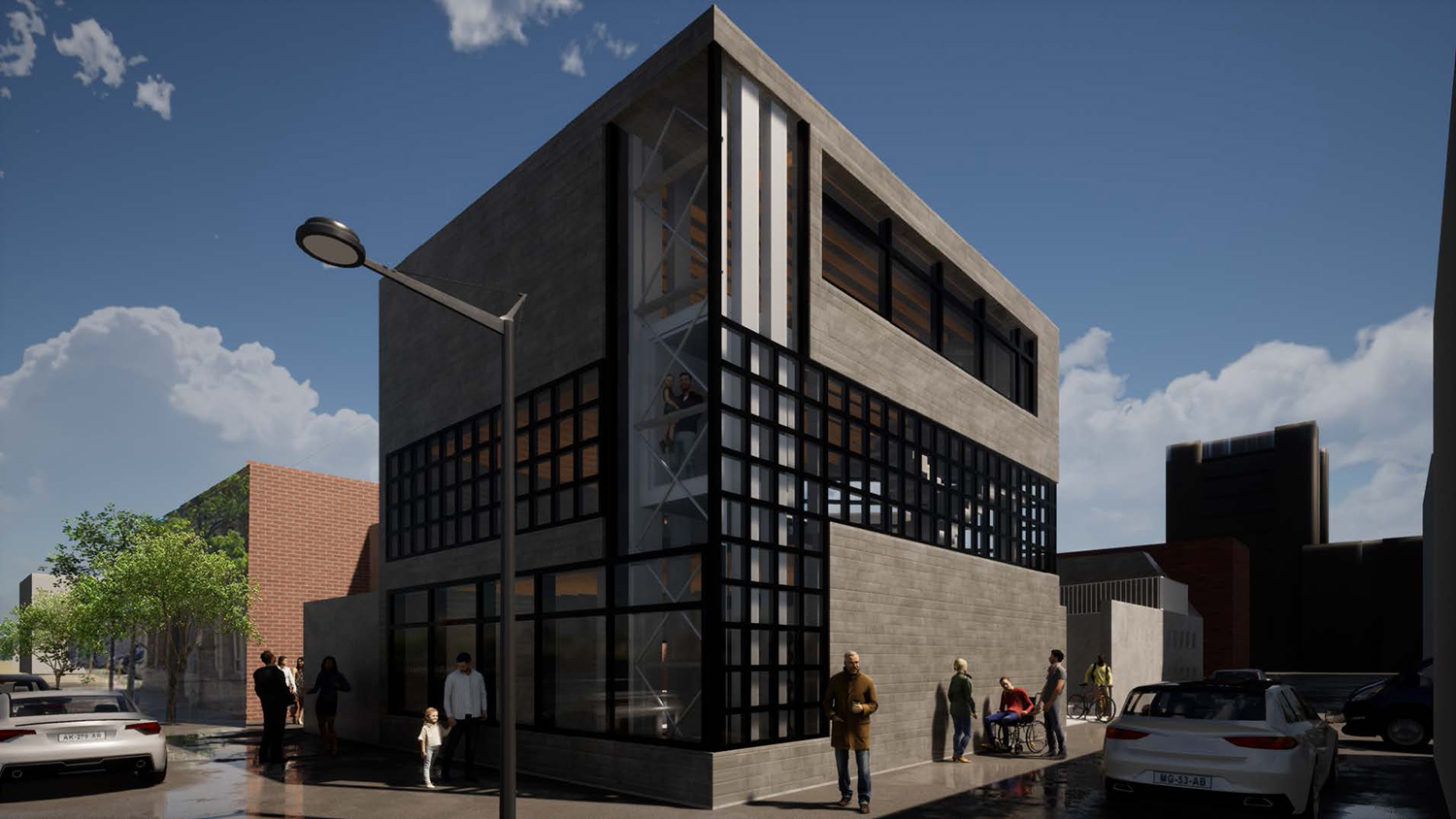Each section of ASC 201 has been allocated a wandering line in the city of Toronto. Students were asked to carry out four tasks in relation to that line for this first project of the winter semester:
- Walk the line. Spend a few hours in the cold
January weather walking the line. Follow the line from beginning to end and
then back again. Go with a friend, go back alone. Talk to people. Get a coffee.
Document what you find in photographs, sketches, notes, sound recordings.
-
Make an object. Make an assemblage from objects
you have collected on your walk. Everything in the assemblage (except glue)
must be found on the line. Objects can be purchased, scavenged, found. The
assemblage you make should tell us something about the line and should be no
larger than 200mmx300mmx300mm high. All objects used in the assemblage should
be documented in their original location on the line using photography.
-
Write a story. Write a story about the line.
Like all good stories, it should focus on one or more characters you encounter
on your walks, and the story should tell us something important you have
discovered. The story should take no more than five minutes to tell.
- Draw it. Using the conventions of architectural drawing, - plan, section, elevation and so on - prepare a single drawing of your assemblage as an occupied structure. In order to do this you will need to consider (among other things) the following: Where is the assemblage to be situated? It should be somewhere along your line. What is the scale of the assemblage? In other words, how big is it? How will people use the structure? What will they do in, on and around it? What needs to be added, beyond the assemblage you have built, in order to allow this occupation?
JUSTIN LIEBERMAN
Connection: A Storytelling Headquarters
![]()
“Always design a thing by considering it in its next larger context - a chair in a room, a room in a house, a house in an environment, an environment in a city plan.”
– Eliel Saarinen
Connection: A Storytelling Headquarters

“Always design a thing by considering it in its next larger context - a chair in a room, a room in a house, a house in an environment, an environment in a city plan.”
– Eliel Saarinen
This design is a connection. it connects the context to the infinite. from how people move from one space to the next. This proposes a balance through making and breaking connections. Architecture is a connection.
This is a connection.
![]()
The storytelling headquarters is located on the corner of Queen St. East and McFarrens Lane. The form of the cafe is primarily focused on the surrounded Victorian fronts and old chimney. Inspiration was taken from the surroundings, but as you go through the pavilions of the site, the forms start to take you to a new and different space all together. A transfer from brick to cement occurs while you descend further through the headquarters.
This is a connection.

The storytelling headquarters is located on the corner of Queen St. East and McFarrens Lane. The form of the cafe is primarily focused on the surrounded Victorian fronts and old chimney. Inspiration was taken from the surroundings, but as you go through the pavilions of the site, the forms start to take you to a new and different space all together. A transfer from brick to cement occurs while you descend further through the headquarters.







